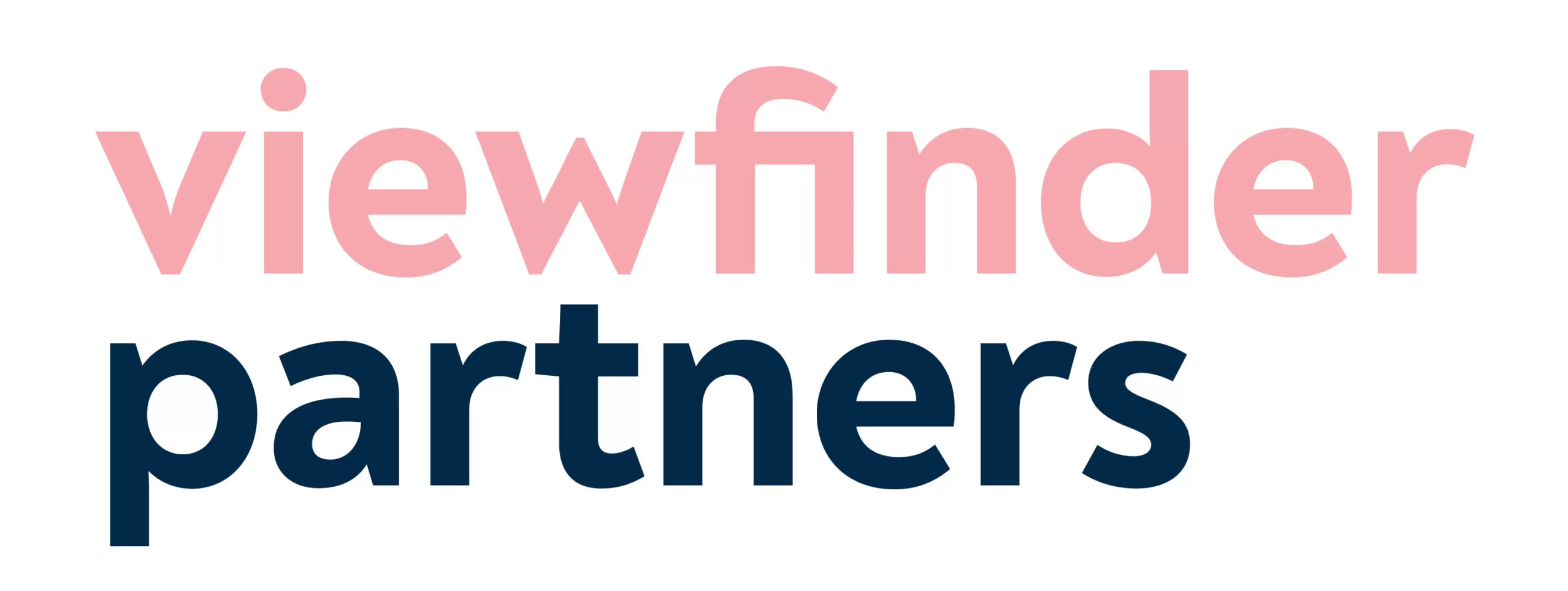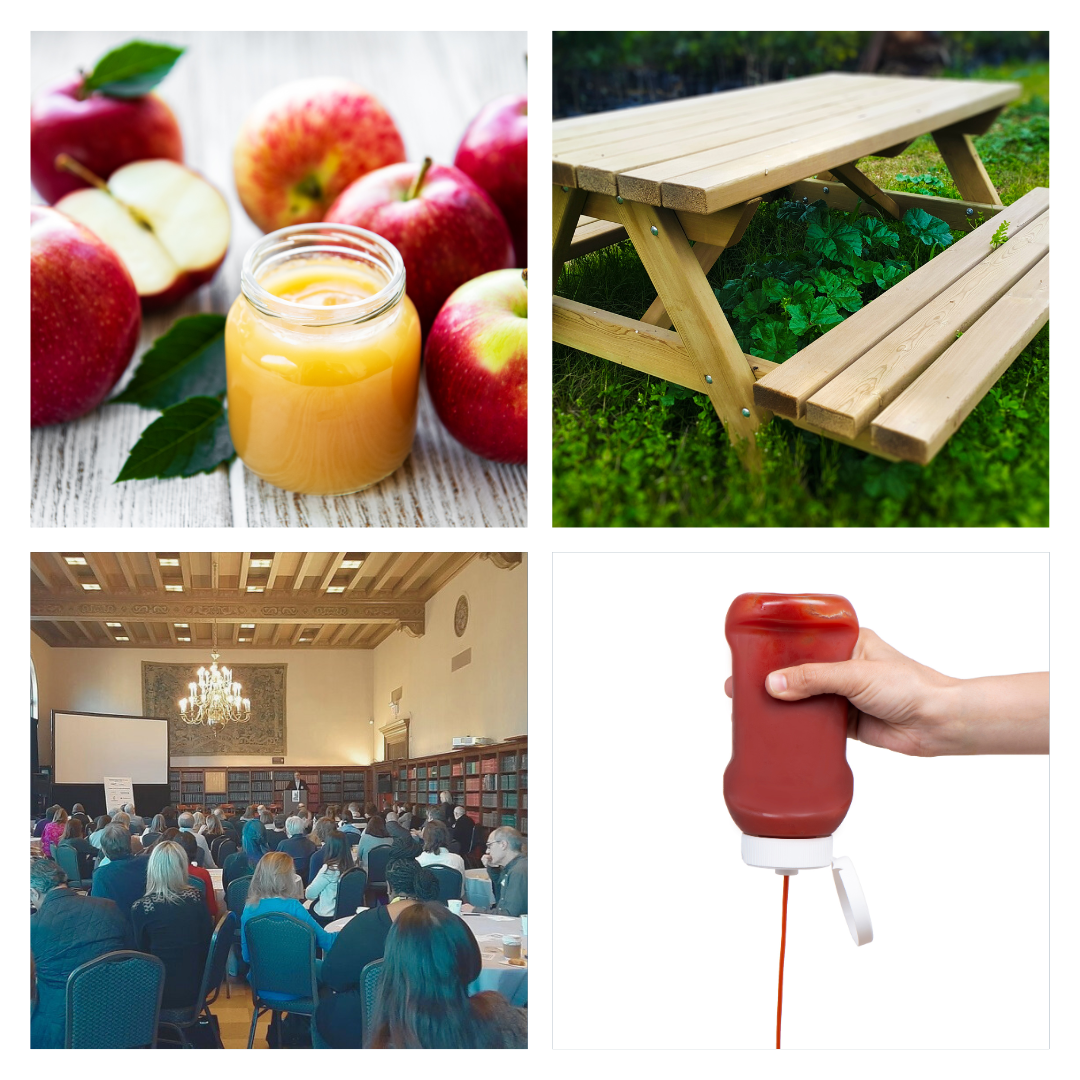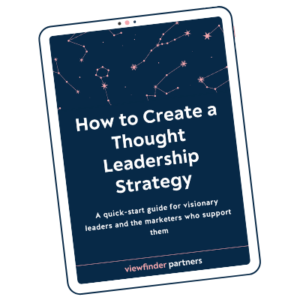If you are fascinated by your work — all the juicy details and new things to learn and exciting developments — then why do other people’s eyes glaze over when you go into Work Talk mode?
How can you help people who don’t work with you, or who don’t know much about your field, care about your work?
I had a lightbulb moment recently. I’m someone who is fascinated by the ins and outs of other people’s jobs. It’s why I love working with experts in supply chain, digital transformation, medical device design, global business policy (and the list of specific domains goes on and on…).
But what I love isn’t hearing the generic big-picture overview. I don’t want to hear jargon. I don’t want to read generalized explanations that ChatGPT could have written. I WANT THE SPECIFICS.
The specifics are what’s interesting. It’s where the details lie. It’s where the ideas start to interplay and overlap and cause cool new connections. It’s the good part.
Four experiences showed me that the specifics are the good part.
Four ways to get specific to make your work more interesting
Specific context: How the applesauce is made

Let’s say my client is an applesauce expert. She gets the chance to write an article for a big applesauce magazine. She writes a long outline titled “Article about Applesauce.”
Her opening line could be about anything: “As the world changes, a confluence of factors has greatly impacted the applesauce industry.”
Zzzzzz. It’s generic and boring.
Because as the world changes, a confluence of factors has impacted every industry. Let’s get specific about what’s happening in this one tiny corner of the world.
What are the specific ways the industry is changing? How will those changes affect farmers, distributors, grocery stores, and consumers? Who eats applesauce and how are their tastes changing? Are there any wild, unexpected events (Drought in one grower’s orchards that’s causing a domino effect? New government regulation about what we do with apple stems? A Tik Tok star who made strawberry applesauce the new hot snack for teenagers?) What does the future hold? Start asking questions. (I made up these questions, and I’ve never written about applesauce, but my point is that you can provide deeper context about anything to make it more interesting.)
When I get generic topics like this, usually all I need is one thirty-minute conversation. I ask a ton of questions and help my client go deep on the topic. By the end of the conversation, we have a much more interesting headline, and a plan to write a much more interesting article.
The takeaway: Add specific context.
Specific story: Lying on a picnic table

This week, I picked up Cal Newport’s latest book, “Slow Productivity.”
I started reading it one evening on the couch, and before I knew it, I had torn through half of the book.
It’s hard to write a gripping nonfiction book, especially one about productivity. But Newport’s book hooked me with one specific story throughline that connects his reflections about how we use our time.
He could have given me tips and must-dos for productivity, and I would have idly scanned them. But instead, he paints a picture.
A reporter is hard at work…but not in the way you’d imagine. This reporter isn’t hunched over his desk, furiously typing a story on deadline. Instead, he’s lying on a picnic table in his backyard in New Jersey, watching the leaves dance on the trees. He stays on his back on the picnic table for weeks. While he’s lying there, he’s thinking. He’s ruminating. He’s pulling together ideas in his head, re-ordering them, and then scrapping that order and starting again — until he lands on an “aha” moment that unlocks the structure of a long-form article he’s working on.
Newport’s point is that creative work requires room to breathe — to brainstorm and ruminate and think. But it’s the specific story of the reporter on the picnic table that hooked me as a reader and helped me understand the concept in a visceral, physical way.
The takeaway: Tell a specific story.
Specific niche: Gathering of the Ghosts
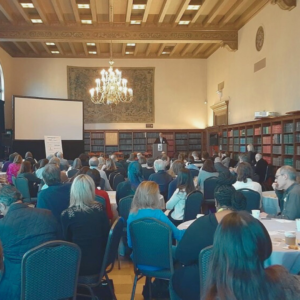
In January, I went to a small conference for professional ghostwriters: Gathering of the Ghosts. I’d been to a lot of giant conferences in my career — for marketers and content people and writers. Usually, those conferences are trying to serve thousands of people, each at different experience levels and with varied interest areas. And while I’ve gotten a lot out of some of those big conferences, many of them have felt a little hollow because they’re catering to too large of a crowd. The end result is generic, broad, and not that inspiring.
Whew, was Gathering of the Ghosts different! There were just 164 ghostwriters in the room for the one-day event. And because we had a small, specific crowd of people who all did very similar work, we were able to go deep and get incredibly specific about the craft of ghostwriting, finding clients, getting books published, and figuring out how to price our work. My brain was whirring the whole day and for weeks after.
When I was sitting at that event, furiously taking notes, I realized: the event was fascinating because it was hyper-niche. It was interesting because it was specific.
The takeaway: Don’t be afraid to go hyper-niche. Sometimes you only need a limited audience because they are the exact right audience.
Specific details: Ketchup packets
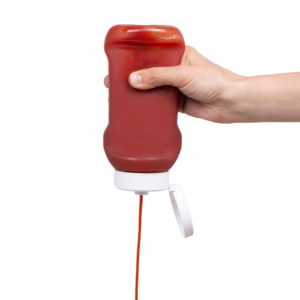
Years ago, I was at a party and met a new friend—we’ll call her Abby. I asked Abby about her work, and she told me, “I work on supply chain for a restaurant chain.”
I could have left it at that (Supply chain! Boring!), but of course I didn’t, because I’m me. I started asking her questions about the ins and outs of her job. The more we talked, the more specific she got about her job and her goals. Turns out, she was specifically working on the efficiency of the restaurant’s drive-through stations. And even more specifically, she was working on ketchup packets: How could they fit the maximum amount of ketchup packets in an accessible spot for workers to quickly fulfill a rapid-fire progression of drive-through orders? And then, backing up a step, how could they design every part of that system: the ketchup packets themselves, the bin where they lived on the shelf, and the boxes they came in, to reduce the time employees would have to spend restocking ketchup? And how could they test that ketchup system and roll it out to thousands of restaurants around the country?
I can’t be the only one that finds that fascinating. It wasn’t inherently interesting to me that she worked for a restaurant chain. But stacking ketchup packets? That’s a detail that’s interesting.
Our quick conversation turned a yawn-inducing, generic field (“supply chain management”) to something I could sink my teeth into (how to efficiently stock and stack ketchup packets).
The takeaway: Share specific details to make it real.
If you’re having a hard time making your work interesting, try getting more specific. When you get specific about the context, the story, the niche, and the details, you invite people in to more fully understand and appreciate your work.
